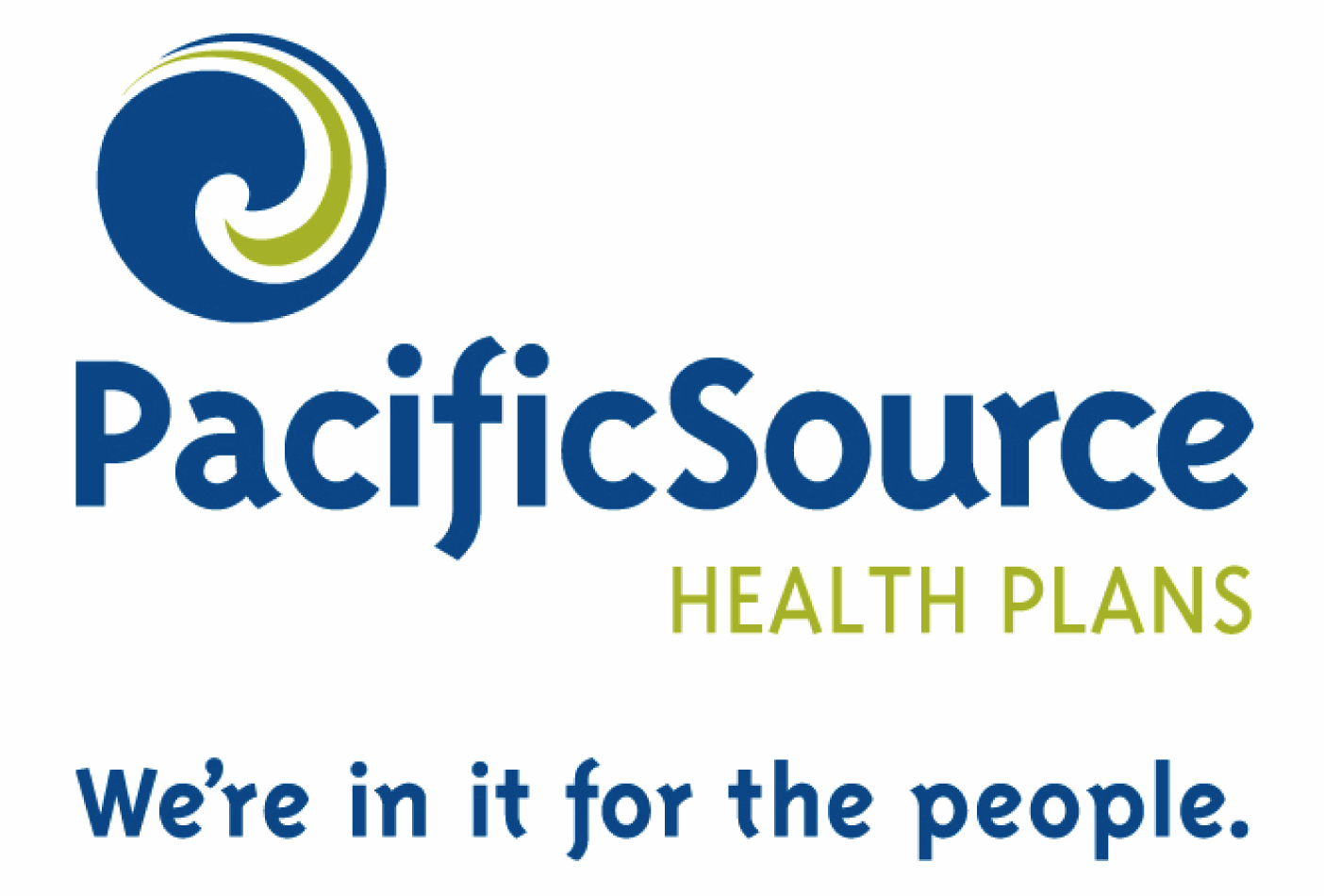On September 30, 2008, John Kitzhaber testified before the Oregon Health Fund Board about their draft plan for health care reform in Oregon:
For the record my name is John Kitzhaber, representing myself, although I was asked to make a brief statement on behalf of the Archimedes Movement.
First I want to acknowledge the tremendous work that on behalf of the Board and its work. My comments should be viewed in the spirit of constructive suggestions rather than criticism. First off, I think the executive summary is a truly powerful document which reflects an understanding of the nature of the problem and what we have to do to address it. I do think however that there is a disconnect between the power and compelling nature of the executive summary and the recommendations that go to the legislature. I think that power and sense of urgency has been lost; and I hope you will consider adding to whatever legislative proposals language from the executive summary that captures the spirit of that executive summary and also the urgency of this problem.
I heard Peter Orszag testifying before the House Committee on the current state of our fiscal affairs on Wall Street and someone asked him whether we could afford $700 billion dollars in credit and he assured the committee that the problem wasn’t the $700 billion in credit; it was the implications of the entitlement programs that are going to be hitting us in 2 ½ years and someone somewhere in this country needs to raise that flag in this national debate.
I think the most important aspect of the executive summary was the recognition that the objective here is to produce health not simply finance and deliver health care and I was very delighted to see incorporated the concept of the Triple Aim as the three elements that would capture the essence of this huge paradigm shift. To deliver on that new paradigm – to shift the emphasis of the political debate and our reform efforts from health care to health is a staggering undertaking that requires that we rethink the nature of the problem we are trying to come to terms with.
If you have looked at Don Berwick’s work, which clearly you have, he mentions three specific prerequisites in order to actually implement the triple aim. One of them is to shift the debate to a population level, and trying to deal with the needs of a defined population; second is the necessity of some externally defined policy constraints including a global budget and the inability to exclude subpopulations; and third is the need for an integrator and I’d like to touch very briefly on those this afternoon.
If you look at those factors that have the biggest impact on people’s health we know that involvement with the US medical system accounts for only about 10% of people’s lifetime health status. Most of it is involved with lifestyle and behavior issues which are hugely influenced by a host of social, economic and environmental factors that have their biggest impact on kids very early in life.
To give you an analogy if you were on an airplane from Portland to Washington DC and you are a few degrees off to the north when you leave Portland you will end up over Canada and if you are a few degrees off to the south you will end up over Florida. Once you discover that you are off course it is a lot easier to correct that over Pendleton than it is over Chicago. By the same token, the behavioral infrastructure – the scaffolding – that determines children’s lifetime health status in terms of whether they develop heart disease or diabetes are set in those very early years. So it costs far less for a health system to make the necessary integrated investments on the front end to keep a child from becoming obese in the first place than it is to deal with the multiple medical complications of diabetes when they are fifty or sixty years old. We need a system that actually reflects that if indeed our objectives are health rather than simply delivering health care.
I would hope that the Board would consider putting into legislation at least the end goal of a new system, that is the key elements that are necessary to actually achieve the Triple Aim and I’d like to mention three or four of them quickly here today.
First I think it’s important that we eliminate categorical eligibility and make access to a public subsidy based on financial need rather than an arbitrary set of categories that were created in the middle of the last century; it makes it very difficult to reform our financing system as long as we pigeonhole Americans into arbitrary categories.
Second I think that the new system needs to reflect what I call value‐based cost sharing, where co‐ payments are not used simply to shift costs to individuals but rather to try to affect their individual behavior within the context of the overall system objectives. Value based cost sharing reflects two very important aspects of any system; one that anyone who has money is always going to be able to buy more stuff than people with less money. And then we are always going to have two tiers of health care based on income, but this is really important – there should not be a qualitative difference between the two tiers in terms of health outcomes.
Third we need to organize the delivery of care in a way that gets beyond the ‘one size fits all’ model that underlies our current system by using what Dr. David Lawrence, the former CEO of Kaiser Permanente, call ‘families of conditions.’ Conditions that have a common set of delivery activities and requirements.
And finally and most importantly I think that the revenue for this publicly financed floor needs to flow to a risk‐bearing entity that is organized at the regional or local level. This risk bearing entity or integrator would assume responsibility for the health of a defined population and would bear economic risk. The importance of this entity, which does not exist in our current health system, I think is paramount to creating a system and actually solving the crisis and actually improving the health of Americans.
First of all it recognizes local and regional differences, in terms of the delivery of health care. Second it provides a single point – an advocate/case manager for everybody in this defined population which allows us to appropriately manage the 10% of our population that is consuming 70% of the health care cost; it allows us to coordinate the medical and non‐medical resources necessary to appropriately manage chronic conditions; it allows us to provide the emotional support and counseling that are so necessary at the end of life; and most importantly it serves as an integrator that allows us to integrate not just medical resources but the wide range of civic and social revenue streams and programs which currently are unfunded and uncoordinated.
For this to work, this entity clearly has to have fiscal constraints, in other words a global budget. One of the reasons that Kaiser Permanente or Group Health is not dramatically reducing the overall cost of health care is that they don’t in fact operate within a global budget. They have an open‐ended tap on the various public sources of revenue. That global budget is important and I know that you referenced in your recommendations trying to simulate a global budget within the constraints of your legal authority. It seems to me that we need to challenge the legal authority that you should actually try to create a global budget or the infrastructure in whatever legislative recommendations you advance.
So in summary I think that the work of the board is exemplary. I think that the vision statement and the objectives outlined in the executive summary are powerful and compelling and spot on. I think that the legislative approach that you submit needs to reflect that framework to give a context for any incremental steps that may wish to take in terms of access to care.










Recent Comments